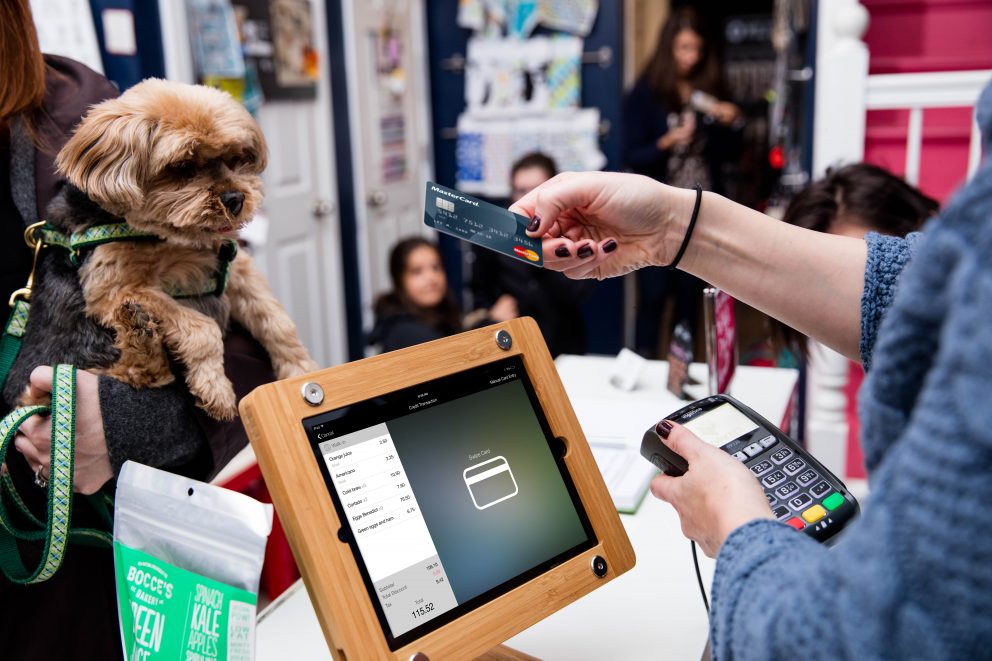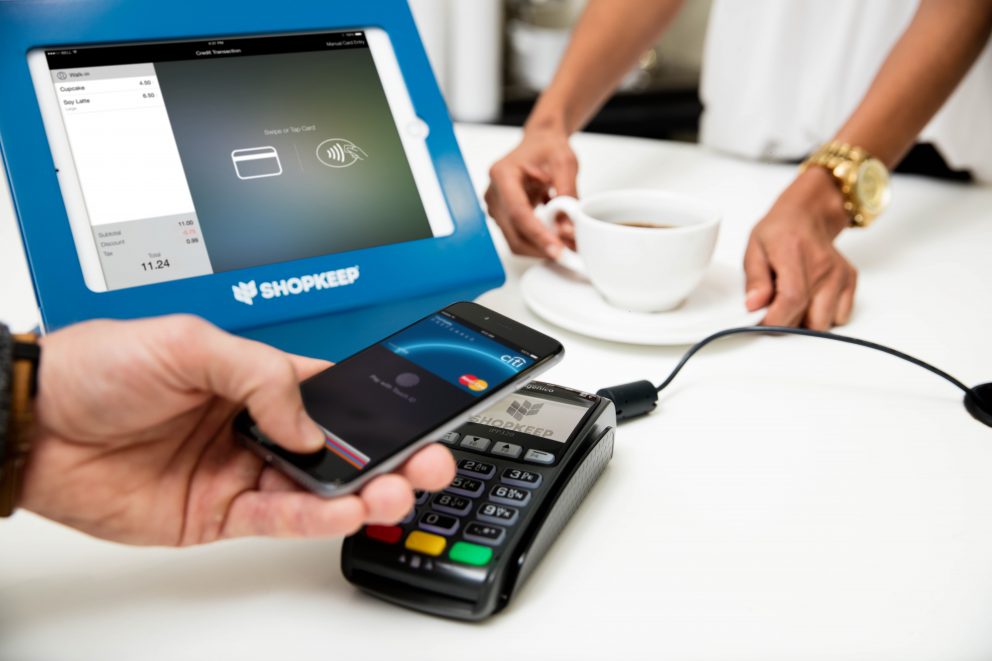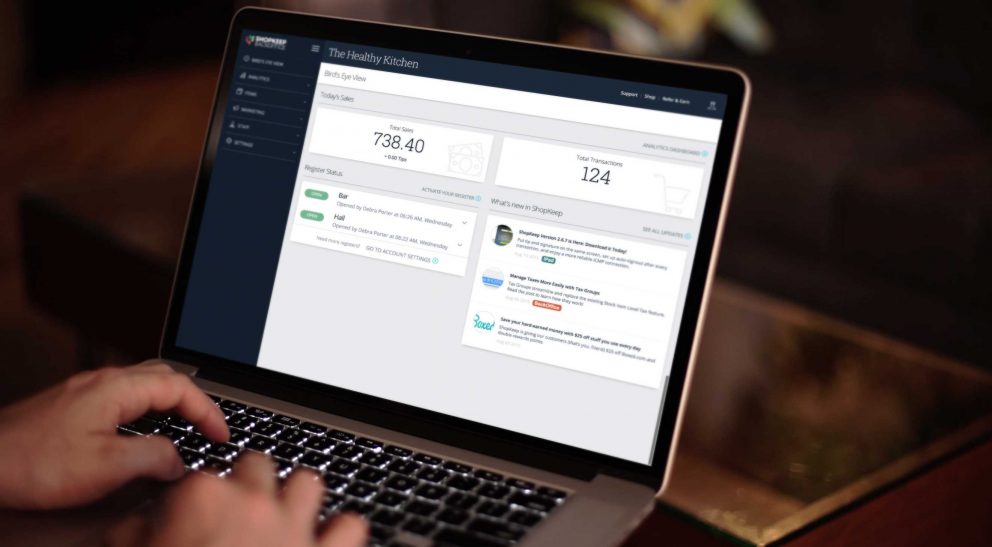
How to Manage Retail Loss Prevention with Your POS
iPad-based POS system — even if you don’t realize it — you are closer than most to getting a firm handle on your retail loss prevention.
And that’s good news, because every year, US retailers lose billions of dollars due to theft. The other side of the coin however, is that a robust loss prevention strategy won’t materialize overnight. It takes work, time and dedication to implement best practices. But if you’re willing to commit, these 6 POS tips can help simplify the process.
Track Your Inventory Like It’s Going Out of Style
Keeping close track of your inventory — what you buy, sell and ‘lose’ — is crucial in determining where the bulk of your retail losses stem from. Conducting regular inventory checks allows you to cross check with your POS system to determine whether your automated reports match your physical inventory counts. Depending on how much loss you experience, the frequency of your physical counts will vary. One way to help prevent loss from originating internally is to rotate employees throughout different departments (or sections) of your store. This will implement a system of check and balances to ensure all employee are held accountable for their actions and not given the opportunity to alter inventory data. For more information on creating a solid inventory management plan, check out our post on 5 Inventory Management Techniques to Adopt in 2016.
Institute Tiered Access Levels for Your POS
It’s no secret that not all employees are created equal, or are equally as trustworthy. So until you get to know your employees (and maybe even after), instituting tiered access levels is a must for your store. These levels (e.g. cashier or manager logins) operate as controls for who can perform certain actions such as conducting a cash-drop or providing a discount. This ensures that employees have access only to the information necessary for them to do their jobs. Employee reporting can also assist you in weeding out any sticky-fingered employees by highlighting suspicious patterns such as excessive discounts or refunds.

Roam the Floor
Not all steps towards retail loss prevention involving your POS system are going to be high tech. Taking advantage of the mobility that your iPad cash register allows is often enough to deter theft. Traditional point of sales systems kept merchants tied behind the counter, allowing ample opportunity for shoplifters to find a quiet corner and stash unpaid goods into a bag or their pocket. Freeing up your employees to roam the sales floor, however, allows them to engage more with customers, which is often the most crucial step in deterring theft.
SEE ALSO: 5 Ways Your POS Software Can Improve Your Customer Service
Accept NFC Payment
Theft doesn’t always look like your traditional shoplifter. Often theft can come in the form of credit card fraud and costly chargebacks to merchants. Depending on the terms of your EMV compliance, due to last October’s EMV liability shift, you may be held responsible for any fraudulent charges that take place in your business. Adopting the most recent forms of payment technology, however, can decrease your likelihood of accruing these fraudulent charges. Evolutions in the latest payment technology — such as NFC-enabled mobile wallets — add an extra layer of security and protection. Mobile wallets, such as Apple Pay and Samsung Pay, use tokenization technology. This means card numbers are stored and transmitted as random numbers, or tokens, which are meaningless to fraudsters. Being able to accept NFC payments in your store is not only convenient for your customers, but protects your hard-earned cash in the process. Want to learn more about NFC technology? Check out our post on Why Small Businesses Should Enable EMV and NFC Technology.

Compare Your Sales by Shift Report to Inventory Shrinkage
Conducting random audits is also crucial to retail loss prevention. Pulling a sales by shift report and cross referencing it to an impromptu inventory count, often allows you to pinpoint when inventory theft is occurring. For example: if you conduct weekly inventory counts and come up with a discrepancy of 15 units between last week’s and this week’s count, you know your theft occurred within the last seven days. This allows you the chance to review your security footage and try to pinpoint specifically how and when the theft occurred. Reviewing a week of footage is significantly less time consuming than reviewing a month. It’s also important that neither your employees nor your customers are aware of when these inventory counts will occur. This prevents any internal or external thieves from altering their behavior in an attempt to go undetected. To learn more about POS reports, read our post on The Top 5 Reports to Run with Your POS Software.
Run ‘X’ and ‘Z’ Reports
If you’re not familiar with ‘X’ and ‘Z’ reports now is a great time to become acquainted. Though you always want to foster a sense of trust and respect with your employees, it’s good to check in on your cash drawer periodically to stay on top of any potential issues. Whether that is a case of human error or a more serious violation, it’s best to keep a close eye on your cash drawer at all times. So how do you do this you might be wondering? Run both ‘X’ and ‘Z’ reports periodically throughout the day at day’s end. ‘X’ reports provide you with your cash drawer’s balance at any given point during a day. They’re cumulative and do not reset to zero. ‘Z’ reports, however, are generated when you want to know the final tally of your cash drawer. When viewing either of these reports, make sure that the amount listed matches the amount currently in your cash drawer.

There is no silver bullet to retail loss prevention, but utilizing your iPad-based POS system is a solid place to start. Try out a few of our tips and let us know how they work! Leave a comment below or tweet us @ShopKeep.
Want to try ShopKeep for yourself?
Just answer a few easy questions.
Need help finding the right point of sale?
Just complete the form. We’ll call you right back to explain how ShopKeep can work for you.
Hit the ground running.Sprinting, in fact!
Read our free, comprehensive guide, Small Business 101, to learn all you need to know about starting a thriving business.

